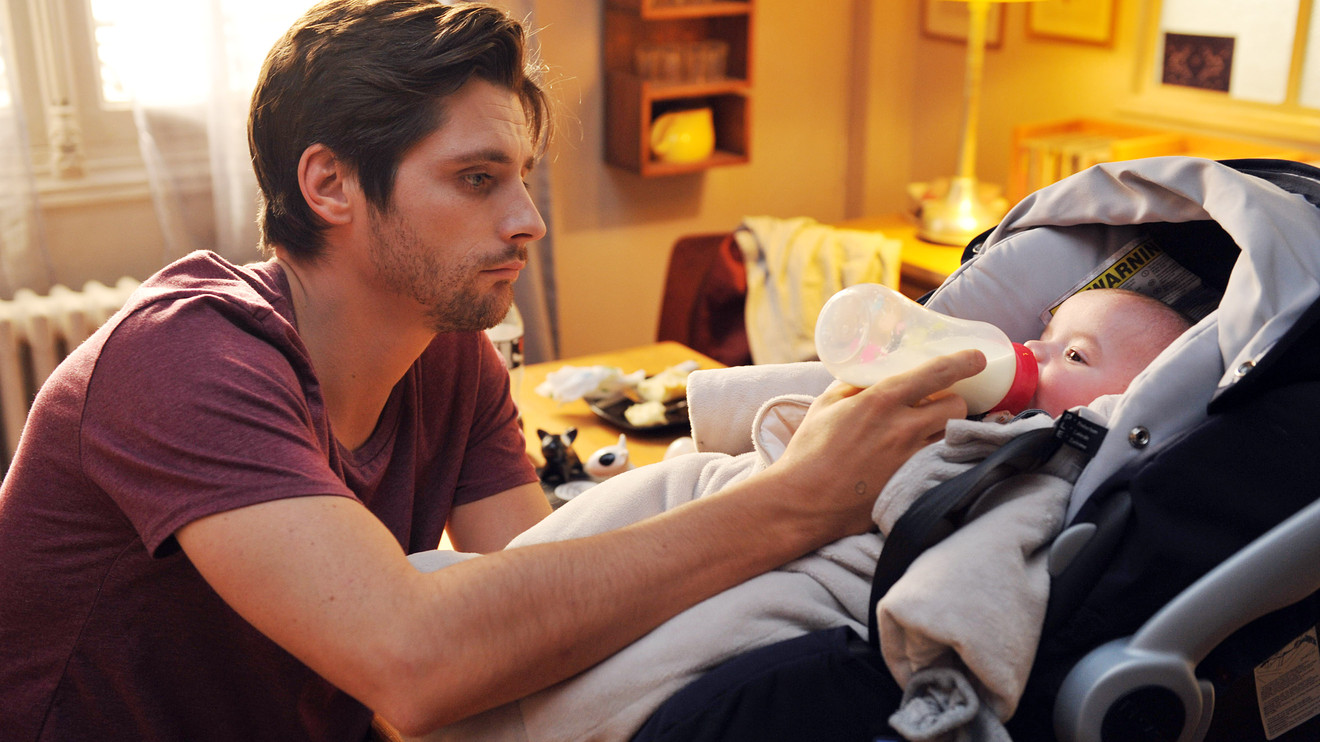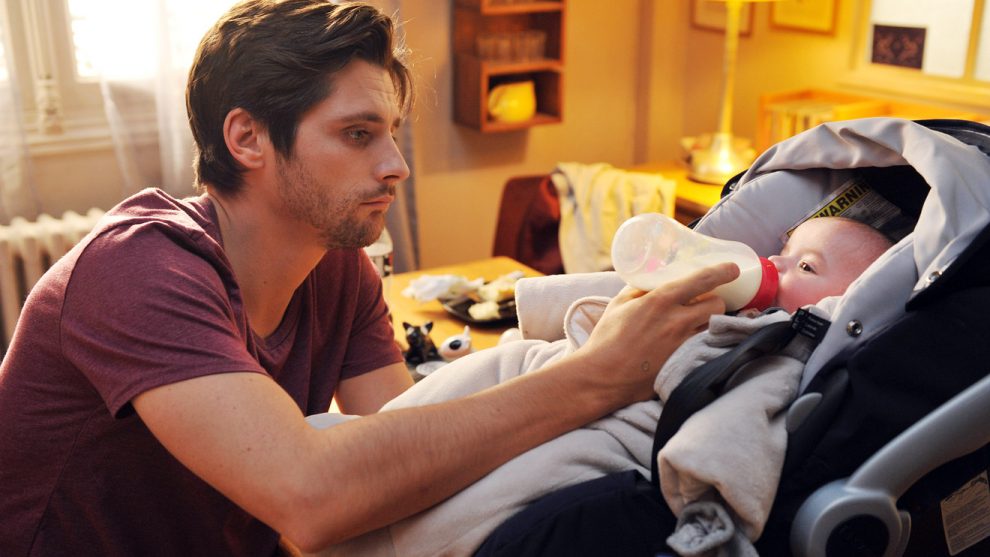
Even if many expecting parents have their packed “go bag,” assembled the crib and adorned baby’s room, they still might not be fully prepared for life with a child.
They better brace themselves even more, a new survey says — not only for sleepless nights, but also for steep child-care costs and career choices they weren’t anticipating. Two-thirds of expecting parents told Care.com CRCM, +0.85% they thought the price of raising a newborn child wouldn’t affect their career choices.
Weekly national average costs for a nanny are now $596, up 26% from 2014.
But once they had kids, 63% of survey participants said the rising costs forced a career move.
• 38% changed jobs to increase take-home pay.
• 36% asked for more flexible work schedules.
• 26% switched to part-time work and 22% became stay-at-home parents.
The findings are part of Care.com’s annual review of child-care costs, which show sharply rising prices.
Weekly national average costs for a nanny are now $596, up 26% from the site’s 2014 report. At the same time, it now costs an average of $213 to pay for a week at a child-care center, a 14.5% increase from five years ago, the survey said. Average going rates for an after-school baby sitter are now $244, a 34% increase.
“The entire system is experiencing pressure from every angle and something’s got to blow. The main pressure is on families,” said Doug French, co-founder and programming director for the Dad 2.0 Summit.
The yearly event brings together fathers, researchers and marketers to discuss issues on fatherhood. French said he’ll often hear dads talk about rising cost — typically when they are talking about negotiations for leave and flexible work arrangements.
In the survey, almost three-quarters of the parents said child-care costs were higher than they expected. This is despite the fact 84% of parents said they were budgeting for the costs. In 2014, just over half of parents were planning for the costs.
The findings echo what other research has found, and what many parents quickly learn: child-care costs aren’t getting any cheaper.
Parents spent between $9,000 and $9,6000 on average for one child’s day care in 2017, a 7.5% rise from a year earlier, according to an analysis last year from Child Care Aware of America. It costs more than $28,500 a year to pay for a year-round nanny, using Care.com’s weekly rate.
Families should only spend 7% of their income on child care, according to 2016 guidelines from the Department of Health and Human Services. But the new Care.com survey — just like the Child Care Aware of America research — says many families spend far more money for the expense.
Over 70% of families in the new survey said they spent over 10% of their income on child care. When Care.com asked the question for its 2016 survey, 54% said spent at least ten percent of their household income on child care.
Child-care costs have become an issue in the presidential campaign and various Democratic candidates are backing ways to underwrite or defray those costs. Senator Elizabeth Warren, a Democrat from Massachusetts, says families making two time less than the federal poverty line should have a free child-care program, while families making twice as much as the poverty line would have costs capped at 7% of their income.
Last year, President Donald Trump earmarked $8.1 billion for states use in funding low-income family child care; sum was a $2.4 billion increase to the Child Care and Development Fund.
Childcare costs are pushing some into debt
The Care.com survey shows how rising child-care costs are eating into money that families could have used elsewhere, which is tough blow when many other costs to contend with, like rising health-care costs or student loan bills. Thirty-one percent of parents said they’d have to incur even more debt to pay for child care. A year ago, 25% said they take on debt, or absorb more, by paying for child care.
Don’t miss: The depressing reason why having kids doesn’t actually make you happier
The steep costs are affecting fathers and mothers differently. Women were more often the ones putting job duties on the back seat, the survey says. Three quarters of women said of last-minute child-care problems affected their workday, as opposed to 66% of men.
When men and women had to miss work because of a child-care predicament, the survey said 32% of mothers lost a day’s pay, compared to 23% of fathers.
The numbers are a glimpse into the domestic duty divide that still links many women with child care.
The Bureau of Labor Statistics’ annual time use study shows that on a typical day in a house with adults and a child under age 6, women devoted 1.1 hours to the kid’s physical care. Men devoted 26 minutes for the same task. That number is essentially unchanged from the agency’s 2014 findings on time use.
With an increasing number of stay-at-home dads, the nine-year-old Dad 2.0 Summit now includes discussions on what stay at home fathers should know when they re-enter the workforce, French noted.
Over 11 million parents, almost one-fifth of all mothers and fathers in 2016, were stay-at-home parents, according to the Pew Research Center. Seven percent of fathers remained home to care for their kids, up from four percent in 1989. For mothers, the rate was roughly the same — 28% in 1989 and 27% in 2016.
There’s still a “predominant idea” that in a household with a mother and father, the mother would be the person staying at home, French said.
“When you put under such pressure, we don’t have time for stereotypes. All we have are the financial issues we need to address as best we can. If the mom has better career going, then she needs to go get money.”
Shares of Care.com are down 43.5% year to date. The Dow Jones Industrial Average DJIA, -0.25% is up 17% in the same time, while the S&P 500 SPX, -0.62% are up almost 20%.











Add Comment